A 3 Day Journey On The Hokkaido Shinkansen
Have you ever taken a trip on the Shinkansen in Japan? It is said that the speed and stability of the Shinkansen, which Japanese people usually use for travel and business, make it one of the best passenger trains in the world. On this trip, I took a ride on the Hokkaido Shinkansen, which opened in March 2016. The line connects Shin-Aomori Station in Aomori Prefecture and Shin-Hakodate Hokuto Station in Hokkaido running through the world’s longest undersea tunnel on the way. By March 2030, the line is scheduled to be extended as far as Sapporo, the central city of Hokkaido.
Many visitors to Japan head to the cities of Tokyo, Osaka, and Kyoto on the so-called Golden Route but miss out on the stunning natural beauty and unique culture of Hokkaido. On this trip, I took the Shinkansen to enjoy Akita Prefecture, Aomori Prefecture, and southern Hokkaido in winter. I experienced everything from playing with cute Akita inu in Odate to learning how to balance a 10-meter pole on my hand in Akita, to panoramic views of historic Hakodate, marveling at ancient Jomon settlements in Aomori and enjoying winter activities in this snowy wilderness in Onuma Quasi National Park in southern Hokkaido. By the end of my journey, I had completely fallen in love with this part of Japan and gained an understanding of what makes Akita, Aomori, and Hokkaido so special.
Day 1 – Exploring Akita and the Oga Peninsula Before Eating Kiritanpo Nabe in Odate
Day 1 Part 2 – Staying in Odate and Learning about Akita Inu Dogs
Day 2 Part 2 – Hakodate Night View from Goryokaku Park and Dining on Fresh Seafood Before Spending the Night in Yunokawa Onsen
Day 3 – Enjoy seafood in Shikabe and winter activities in Onuma Quasi National Park (this article)
Our final day in Hokkaido was characterised by wintery weather. As we headed north out of Hakodate along Route 83, the road passed through thick trees which appeared as mysterious white shadows amongst a haze of snow. The road runs between Hakodate and the opposite side of the peninsula, passing stunning scenery along the way. A bridge over the river was barely visible in the distance and we marveled at the frozen beauty of Lake Yabetsu, which we could see through the trees. Humans and nature appear to live in harmony in Japan and, even in the depths of Hokkaido in the middle of winter, the roads have been cleared of snow and automatic lights guide vehicles safely into tunnels which cut through the mountains. It’s not difficult to imagine the Jomon people living off this rich land and that’s perhaps why the civilisation survived for such a long time.
Jomon Civilisation: Unearthing an Ancient Culture
Our first stop was at the Hakodate Jomon Culture Centre, where you can learn about Jomon culture. Jomon culture is a rare prehistoric culture in which nature and humans lived together in harmony for more than 10,000 years. The building is located in the Minamikayabe area, facing the Pacific Ocean, in Hakodate city and is about an hour’s drive from central Hakodate.
The centre is an excellent place to learn about the Jomon culture in Hakodate and displays some of the traditional stoneware that has been excavated from the Jomon archaeological sites in Hokkaido and Northern Tohoku over the years. The most famous exhibit is a hollow clay figurine known as Chuku-dogu which is Hokkaido’s first national treasure. It was discovered by chance in 1975 in this area and is now a valuable cultural asset from the Jomon period.
The thick woodland of this area was instrumental to the survival of the Jomon people when, around 7,000BC, a warmer climate created favourable conditions for acorns, chestnuts, and walnuts to grow. These provided food for the Jomon people, along with wood for the construction of homes and other important tools such as canoes for fishing. The Jomon Culture Centre conveys the progressive nature of this civilisation in its displays of pottery, and it is for this reason that we now consider the Jomon civilisation as mature and technologically advanced, laying the foundations for modern Japan.
There are 17 Jomon archeological sites in Hokkaido and Northern Tohoku, dating back from various periods in the Jomon Civilisation. Japan is currently aiming to register some of these sites as UNESCO World Heritage Sites in 2021 under the title of “Jomon Prehistoric Sites in Northern Japan“.
In the vicinity of the Hakodate Jomon Culture Centre, there are two Jomon sites: the Kaki-no-shima site and the Ofune site. We went up a sloping driveway to see the Ofuna site, a large settlement dating from the late early to mid-Jomon period (around 3,200 BC to 2,000 BC).
The Ofune settlement is a large site with around 100 pits, located on the coast to the north of Hakodate. Some of the pits are up to 11 meters long and a great deal has been learned about the diet of the Jomon people from various animal bones uncovered at the site, including deer and whale skeletons. There’s a small parking area with a restroom and it is a very pleasant place to stop with magnificent views across the ocean.
Even though the facilities are only open during the summer months, the site is accessible all year and the steep entrance road is partially heated to ensure that cars can drive up in the winter. We walked around the site freely and marveled at the 3 structures; one of which had been left without a thatched roof so that visitors could see inside. It was towards the middle of the day and the snow was thick on the ground which added to the mysterious ambience of the place. As we got out of the car, a large red fox darted towards the woodland, leaving a trail of prints in the snow. A dumping ground was also discovered at the site which appears to shed light on the way of life of the Jomon people. During our visit, we saw a large pile of stones that are thought to have been used for grinding foods.
Shikabe: Excellent Seafood and a Natural Wonder
The small fishing town of Shikabe, located about a 20-minute drive from the Ofune ruins, sits on the northern coast of the Hakodate peninsula and is lapped by the waves of the Pacific Ocean. Due to its close proximity to the sea, the town specialises in seafood and makes use of the hot springs which run from deep within the earth. There’s even a geyser where you can see water shoot into the air at regular intervals.
We stopped at the Shikabe Geyser Park; a roadside service station and a tourist spot where you can see the geyser up close while enjoying the gourmet food of Shikabe. We also enjoyed browsing the local crafts in the souvenir shop while our lunch was being prepared.
The town sits on a natural hot spring and, in addition to a foot bath and geyser, visitors can opt for their lunch to be cooked by natural steam. Simply choose from a selection of meals ranging from Hokkaido vegetables to Shikabe scallops and trout and the staff will take you outside to where your meal is placed in a natural steamer for 10 minutes, allowing you to cook your own lunch.
We enjoyed the experience of cooking in the natural steam and, while we waited, we tried some of the other local seafood on offer such as the cod roe, a speciality from this part of Japan.
At the back of the Shikabe Geyser Park, you will find the geyser itself and can watch from a safe distance as it shoots boiling hot water 15 meters into the air every 10 minutes. It’s very rare sight in Japan so this makes a visit to this area all the more special.
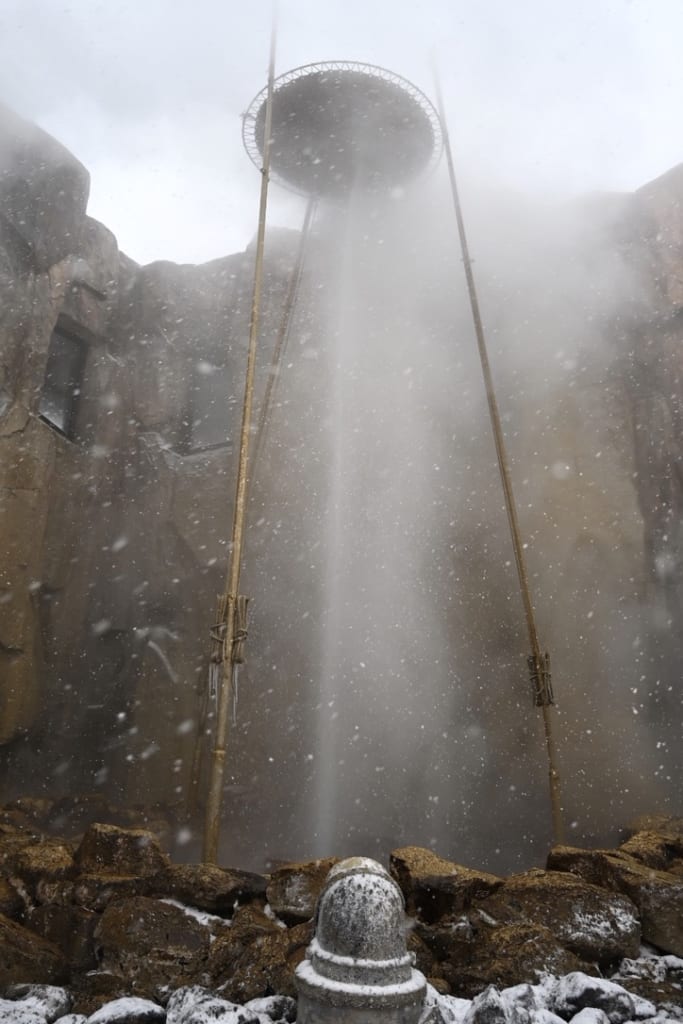
We enjoyed learning about how geysers are formed in the small exhibition before witnessing it for ourselves. The snow was falling heavily but many families had taken advantage of the foot spa overlooking a beautiful Japanese rock garden as a vantage point for watching the geyser. Shikabe is a wonderful place to visit and appreciate nature in all its forms.
Onuma Quasi National Park: A Winter Wonderland
After lunch, we followed the coastal road from Shikabe to Nanae – a journey of about 30 minutes – and headed to Onuma Quasi National Park in Nanae town. This park, which is about 9,000 hectares, is said to be the birthplace of Hokkaido’s ski resorts and has been selected as one of Japan’s three new scenic spots. There are 3 lakes and 126 small islands in the park and Mount Komagatake, the symbol of the Onuma area, occupies a proud position within the park.
Mount Komagatake is a 1,100-meter high volcano that last showed evidence of volcanic activity as recently as the year 2000.
The area has become popular for winter sports, and we first went to a year-round ski resort, Hakodate Nanae Snow Park, to experience the Hakodate Nanae Gondola, the longest in Hokkaido at 3,319 meters, and enjoy panoramic views of Onuma Park. Our journey up the peak took approximately 15 minutes as we watched people skiing down the slopes below us.
At the summit, the modern Peak Cafe offered lunch and other refreshments and our guide told us that it had been styled on ski resorts in Austria with a terrace that, on a clear day, afforded magnificent views of Mt Komagatake. There are activities throughout the year, such as summer jazz concerts, and it is also an excellent place to view the autumn leaves.
Next, we drove about 15 minutes to the Onuma International Communication Plaza, a tourist information center located right next to JR Onuma Park Station.
Onuma Quasi National Park can be reached by taking a train from Sapporo or Hakodate directly to Onuma Park Station on the JR Super Hokuto service. The national park, one of the oldest in Japan, has many activities to enjoy throughout the year and Onuma International Communication Plaza, on the banks of Lake Onuma, is an excellent starting point.
The large lake area offers a variety of activities in all seasons. In the winter, you can ski, snowboard, snowshoe hike, ride snowmobiles and fish for Wakasagi (mackerel) on the frozen lake. In the spring and fall, there is a full menu of canoeing, biking, climbing, horseback riding, and camping.
At this Plaza, English-speaking staff are available to help you plan your time in the area.
We visited on a snowy day in the middle of February and it was perfect conditions for snowshoeing.
Neither of us had tried this activity before but the staff at the plaza ensured that we were well-prepared and had suitable clothing. We were supplied with rented thermal wear, gloves and boots before attaching snowshoes. The shoes were similar to small skis with a grip device that locked on to the snow as you walked, making it easy to go up or down snow-covered paths.
We set off through the national park to complete a short walk around the lake. The shoes were easy to use and allowed us to go to many places which we would not otherwise have been able to go to in the snow. Walking around the partially-frozen lake, we ventured through the snowy wilderness and over an ornate bridge that traverses the narrowest point. It was a magical experience and we were struck by how quiet the area was, the only sounds being the crunching of snow and the occasional rustling of small birds in the bushes.
At the end of our hike, we experienced fishing on the frozen Onuma Lake. Many small holes are drilled through the ice in order to fish for tiny Wakasagi, a fish that is found in the lakes of Hokkaido and is delicious when fried as Tempura.
Unfortunately, we did not catch any fish as the owner told us that the best time was in the morning but it was a fantastic experience and one that I will treasure for years to come. There are many activities in Onuma national park which can be enjoyed throughout the year, such as canoeing and even snow sledding.
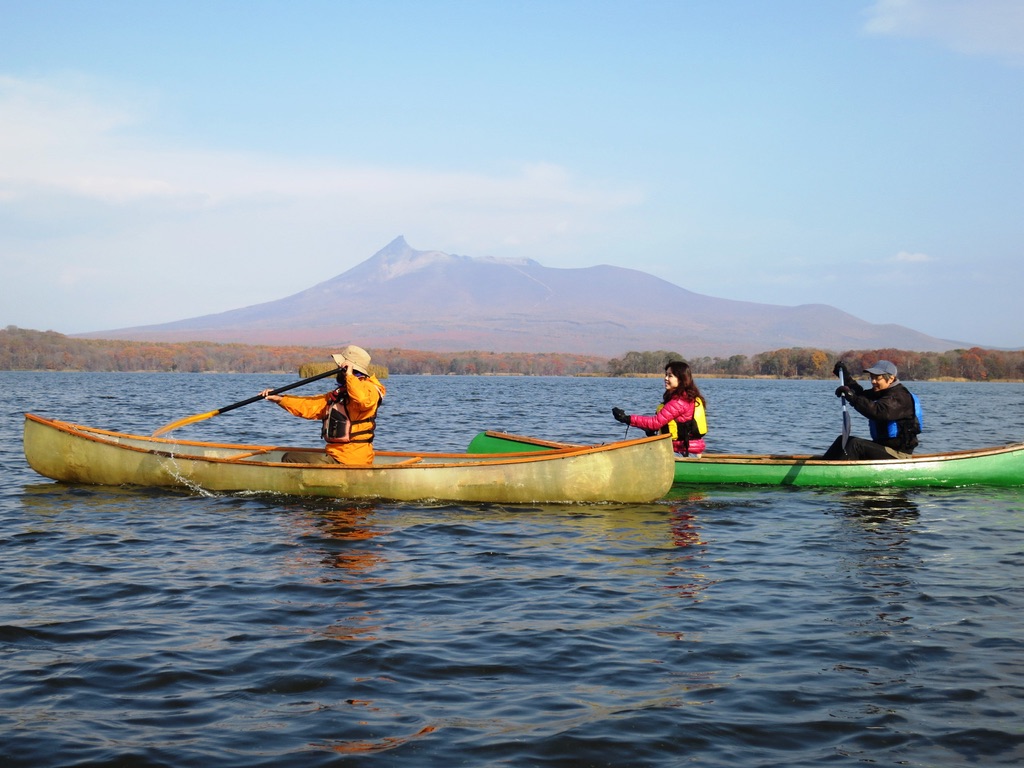
In the fall, you can also enjoy a canoe 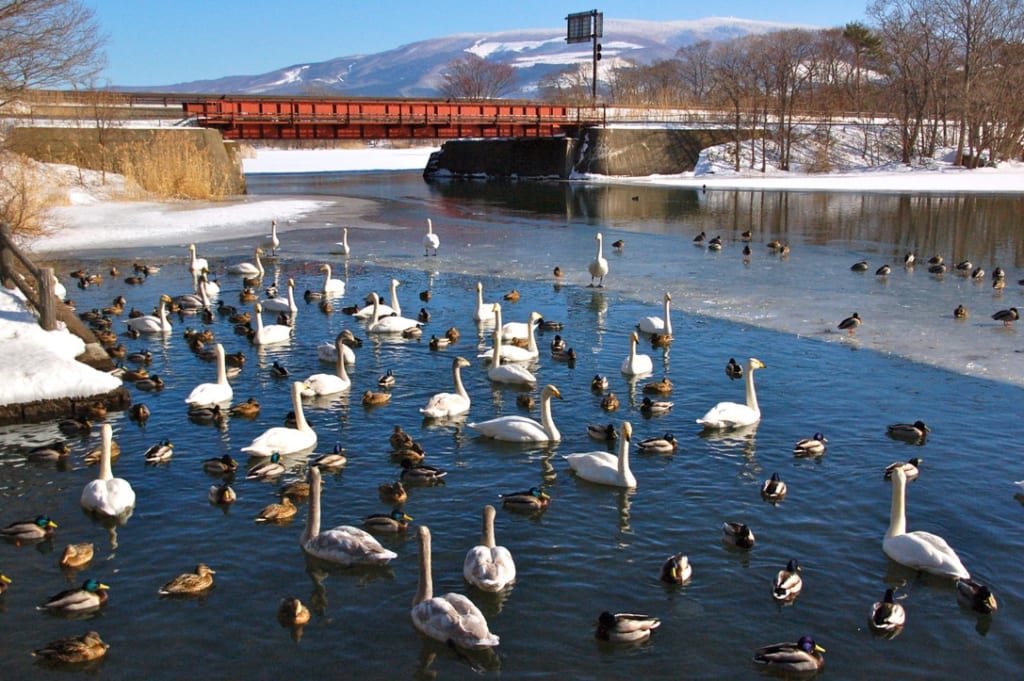
Onuma Park in the thawing season
Onuma is known for many different products, including mochi dumplings. These small balls represent the islands on the lake and are enjoyed with a sweet bean paste. We bought a tray from a local shop to enjoy as a souvenir to eat on the Shinkansen back to Tokyo and appreciated the sweet flavour after a strenuous hike along the snow-covered pavements.
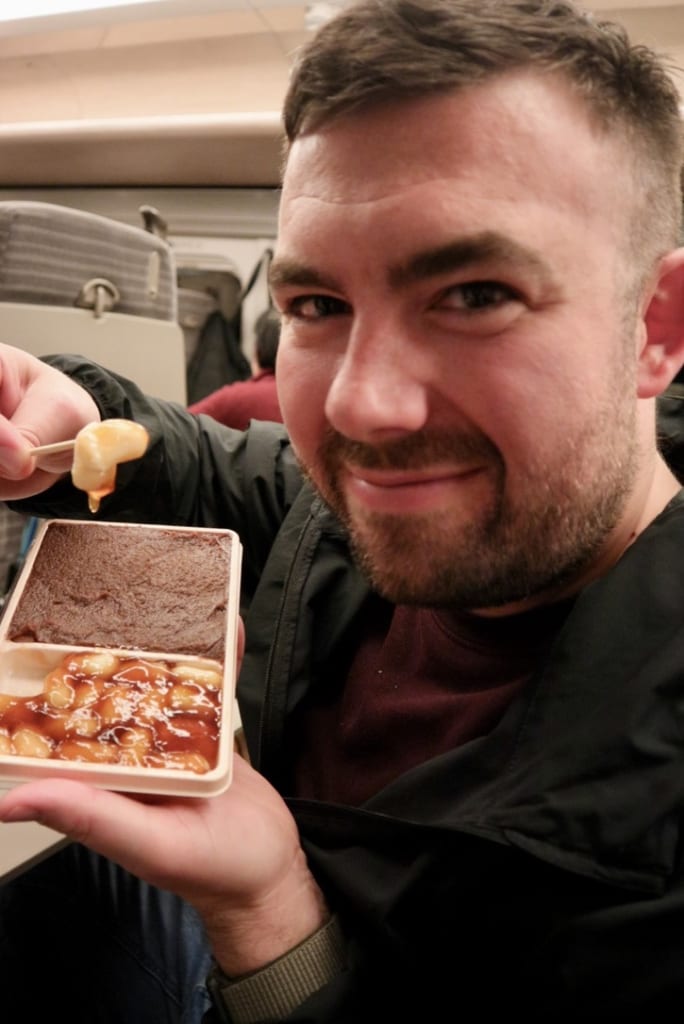
The End of an Amazing Journey
Our Hokkaido adventure ended at Shin-Hakodate-Hokuto Station where we boarded the Hokkaido Shinkansen towards Tokyo.

As the train left the white wilderness of Hokkaido behind and emerged from an undersea tunnel, the Seikan tunnel, on the island of Honshu, we felt that we were in a different Japan. The people of Hokkaido have learnt to live in harmony with nature and were keen to show us the beauty and rich culture of this fascinating area of Japan. The landscape gradually became more urban and the snow was nowhere to be seen as we stepped off the train at Tokyo Station. Hokkaido will always be a special place and, thanks to the Hokkaido Shinkansen, it’s now more accessible than ever to discover it for yourself.
How to Get to Onuma and the Jomon Culture Center
From Tokyo to Shin-Hakodate Hokuto Station: It takes about 4 hours and 10 minutes by JR Tohoku / Hokkaido Shinkansen Hayabusa.
From Shin-Hakodate Hokuto Station: to Hakodate Station: 15-25 minutes by JR Hakodate Main Line
Hakodate Jomon Culture Center: It is about 90 minutes by bus from Hakodate Station.
Kanketsusen of Shikabe: From JR Hakodate Station, take the JR Hakodate Main Line to JR Shikabe Station in about 1 hour and 20 minutes. It takes about 20 minutes by bus from Shikabe Station. About 110 minutes by bus from Shin-Hakodate Hokuto Station.
Onuma Quasi National Park: It takes about 30 minutes from JR Hakodate Station by express train or about 50 minutes by regular train to arrive at Onuma Koen Station. A 10-minute express ride from Shin-Hakodate Hokuto Station arrives at Onuma Koen Station.
Photo by Jonathan Reeve and Mark Webster
Sponsored by the Hokkaido Government.

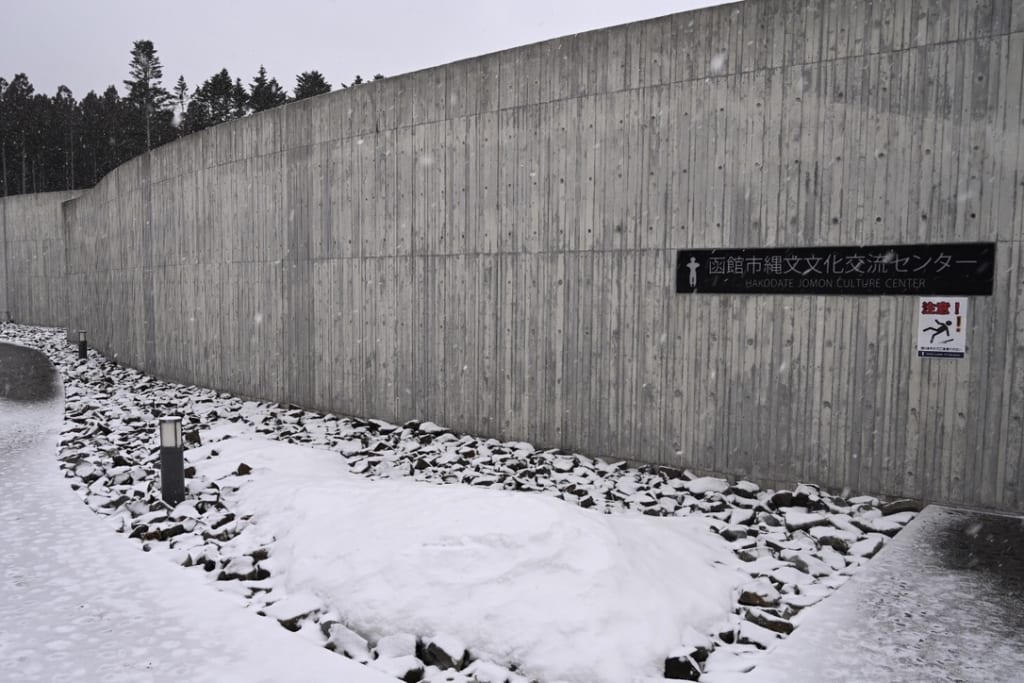
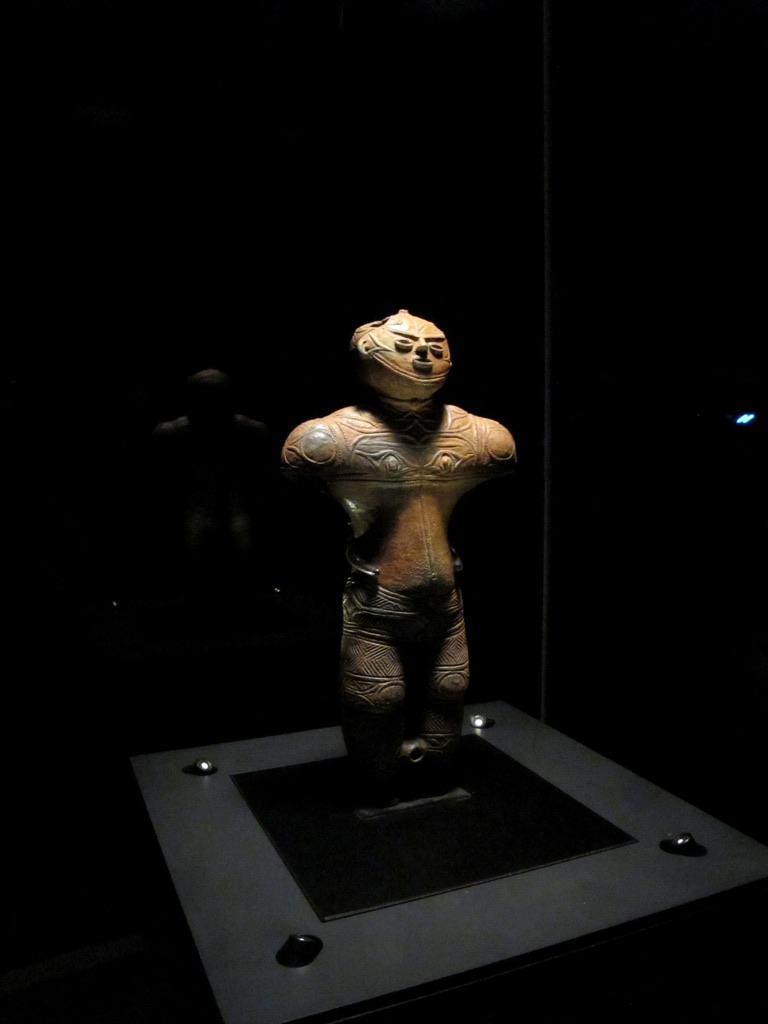
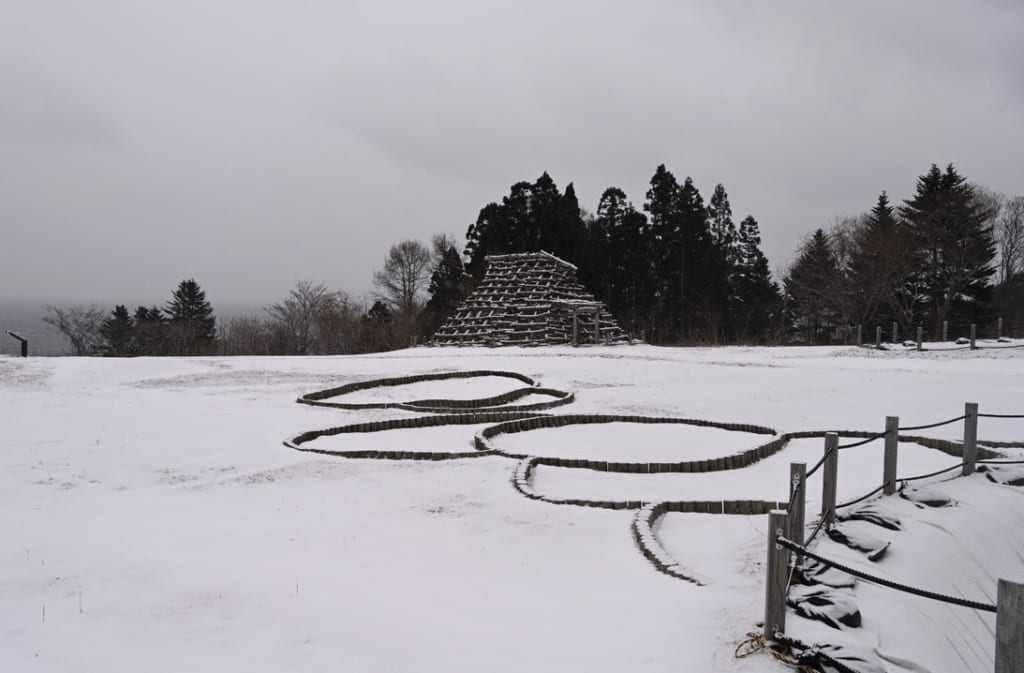
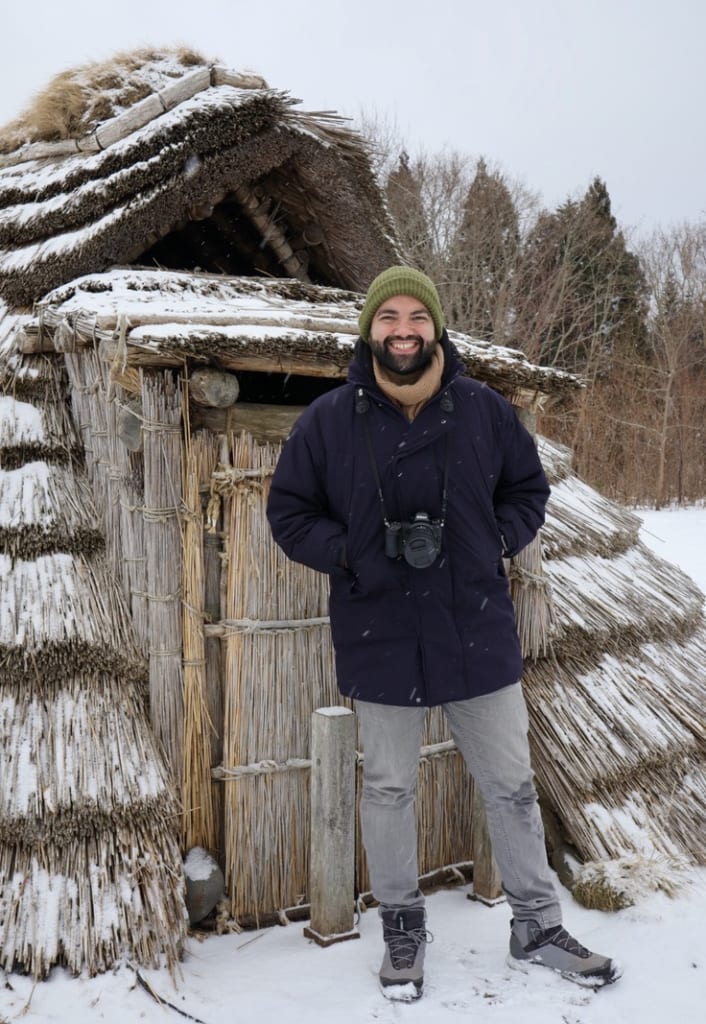
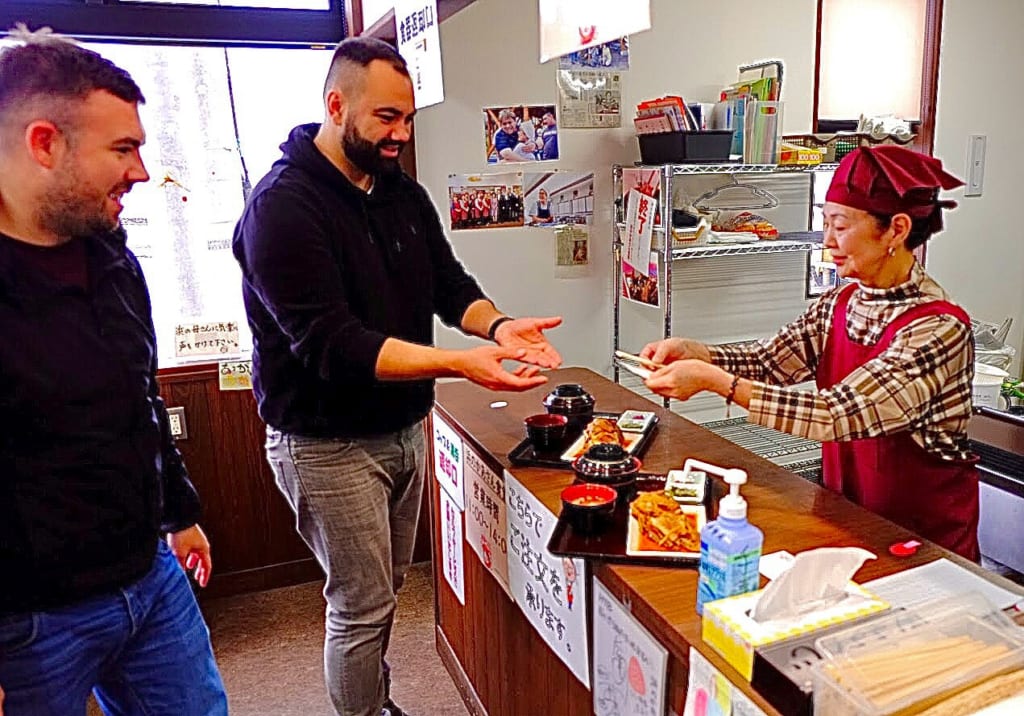
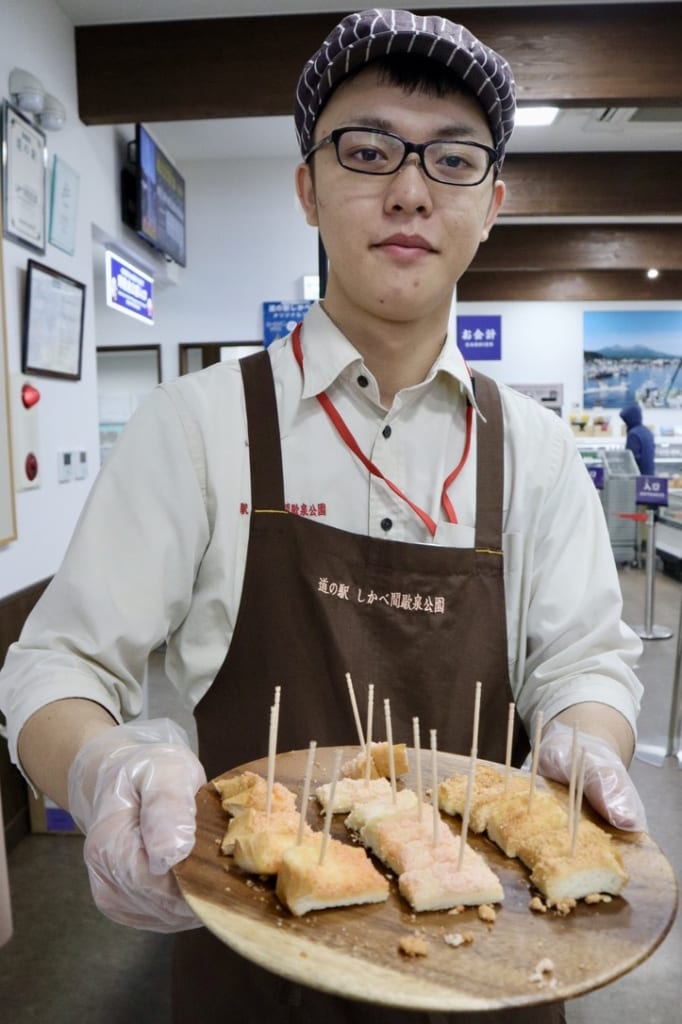
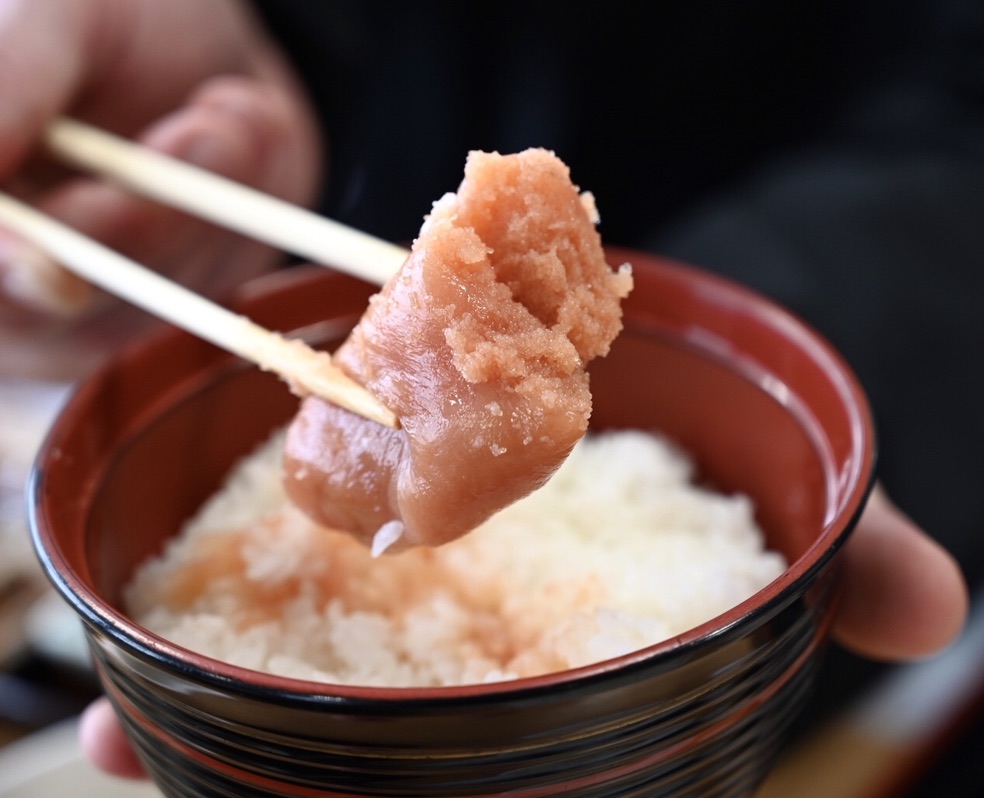
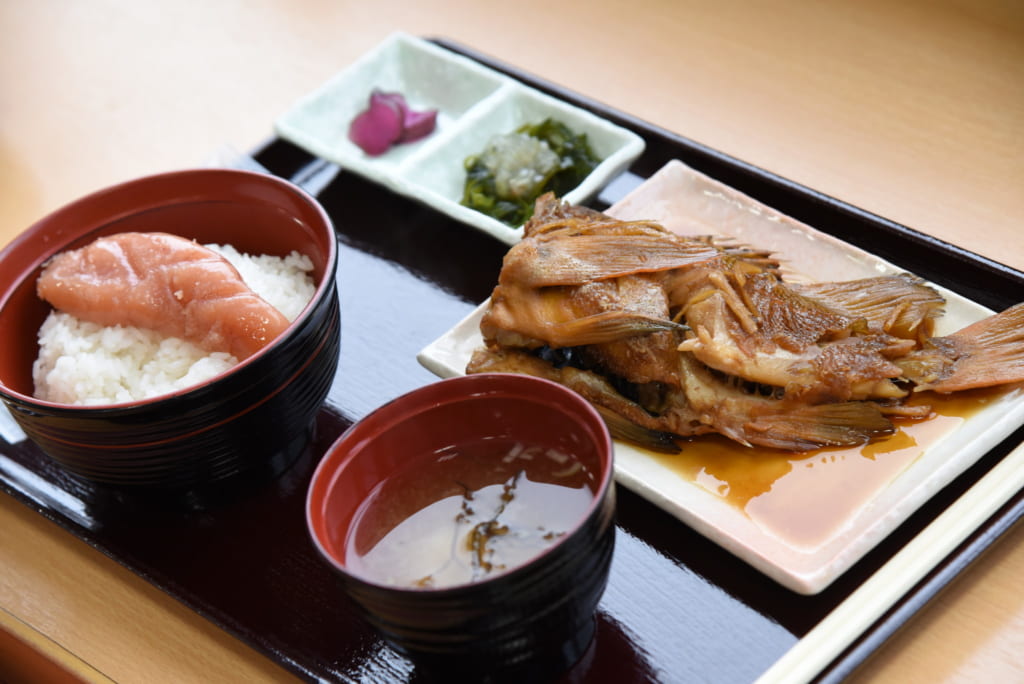
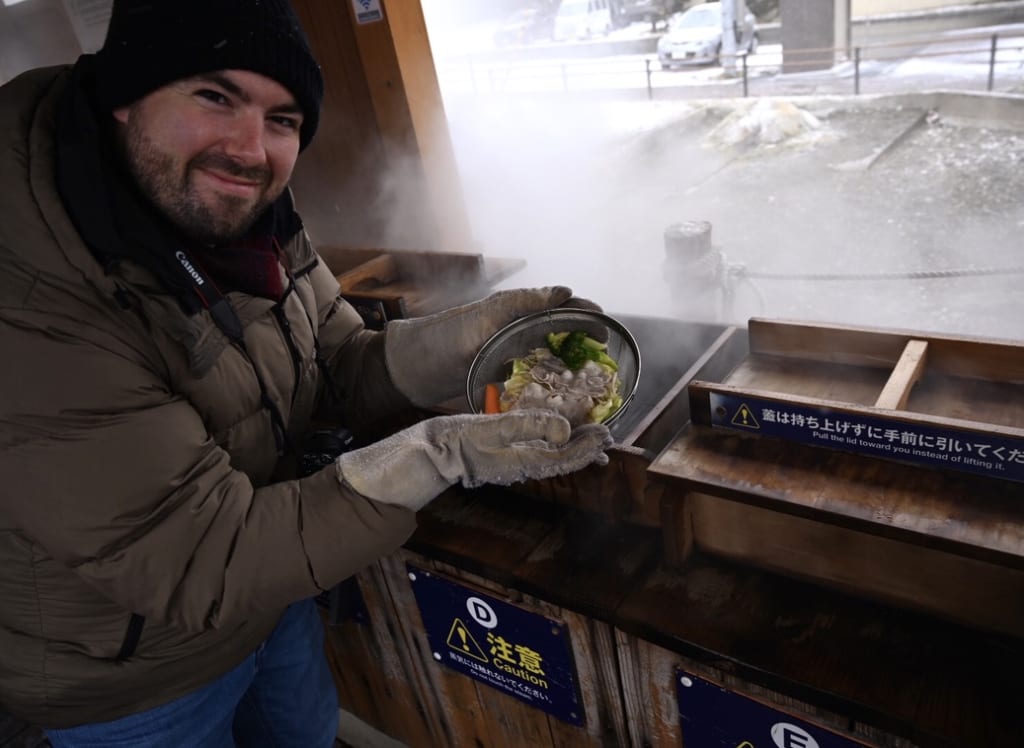
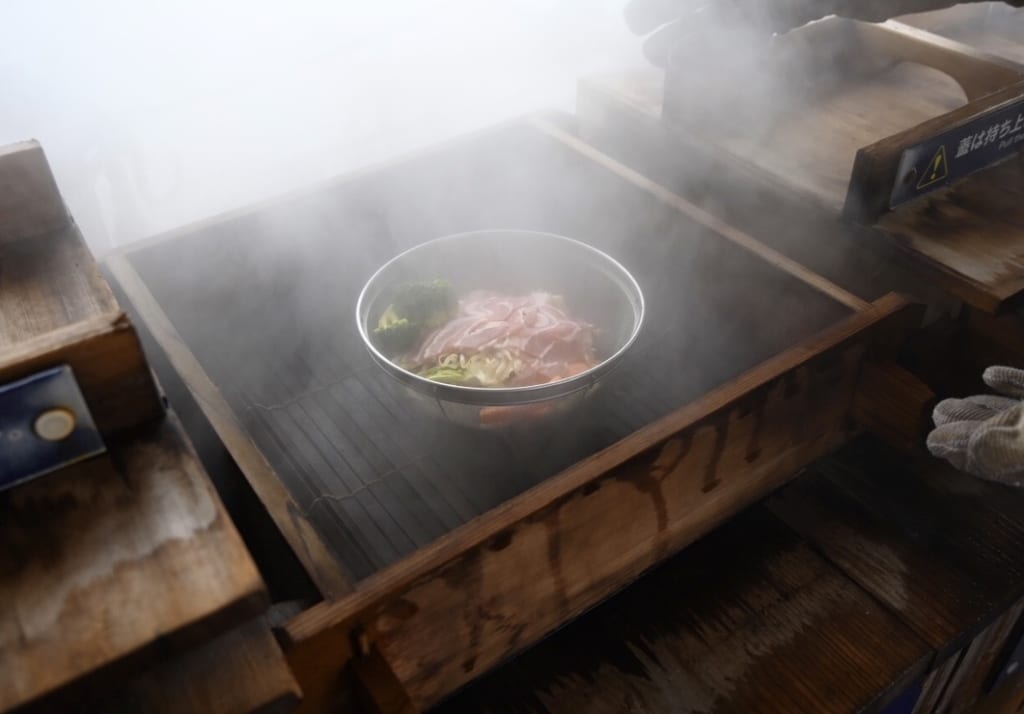
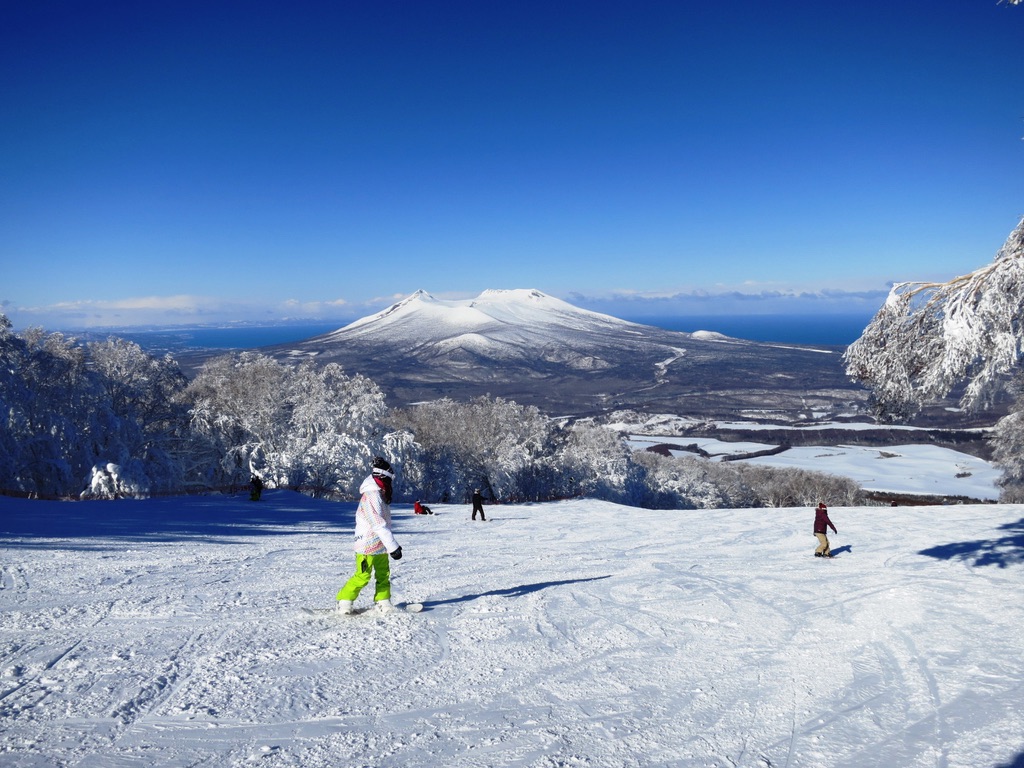
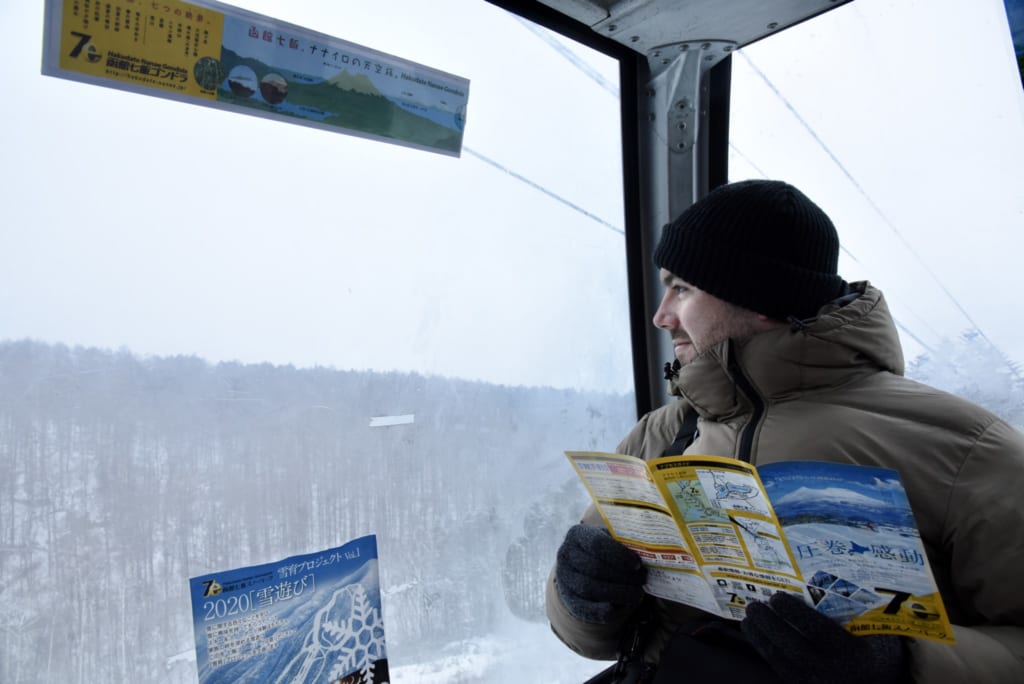
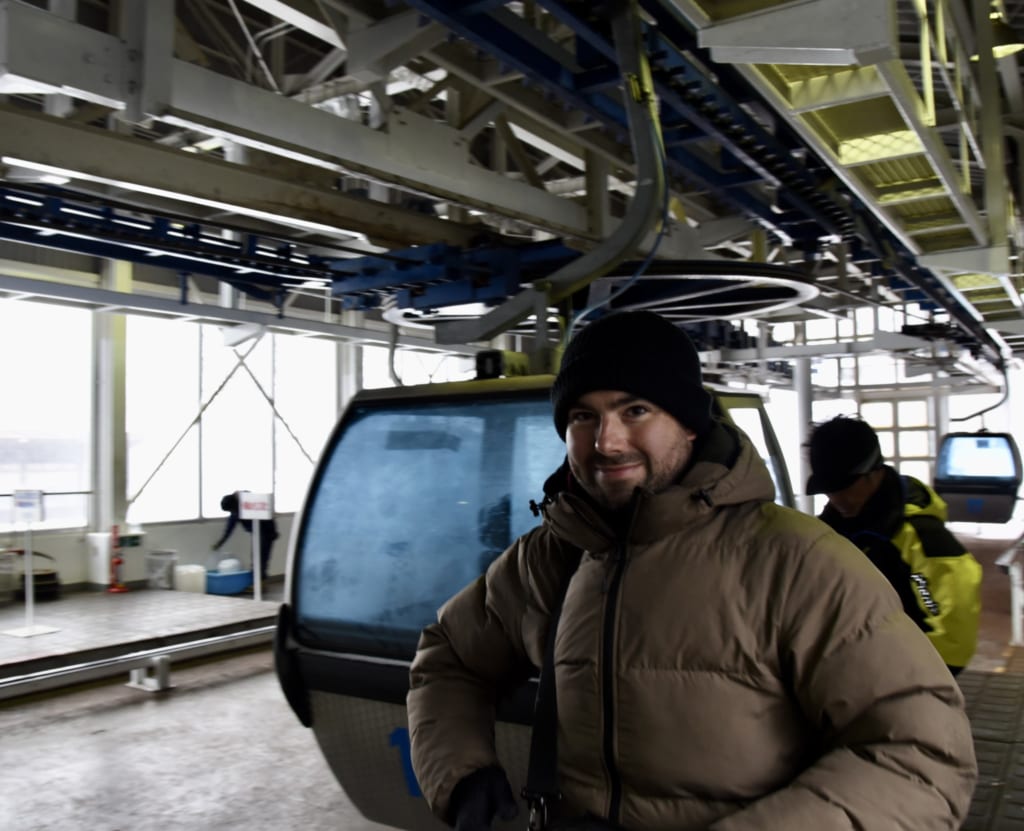
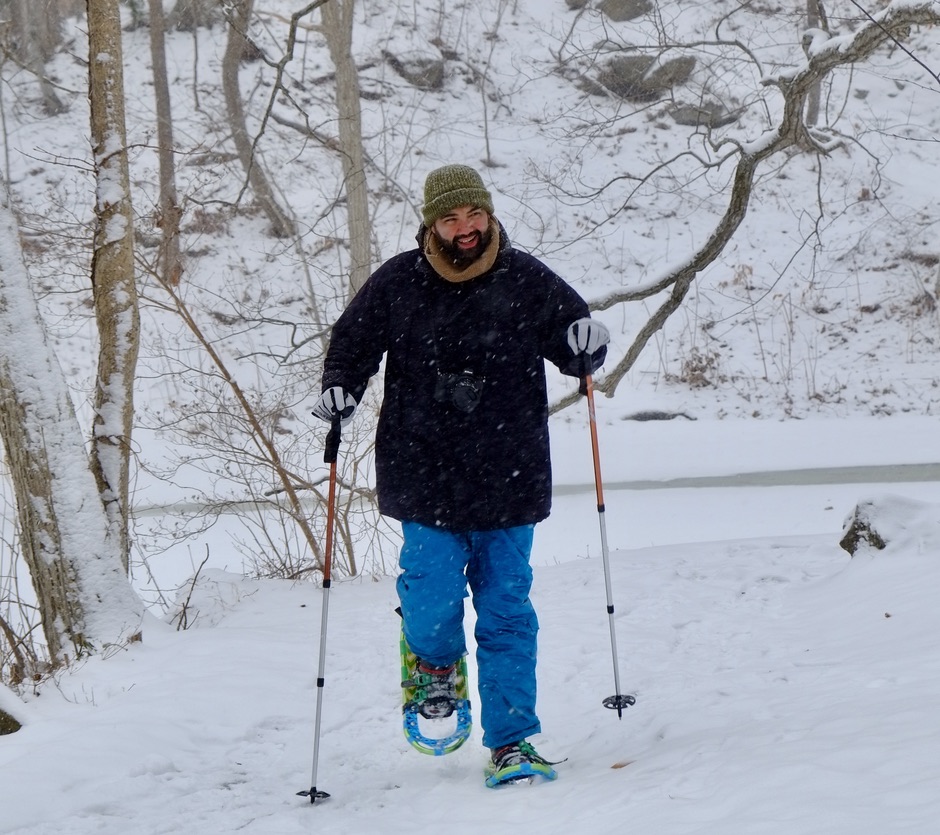
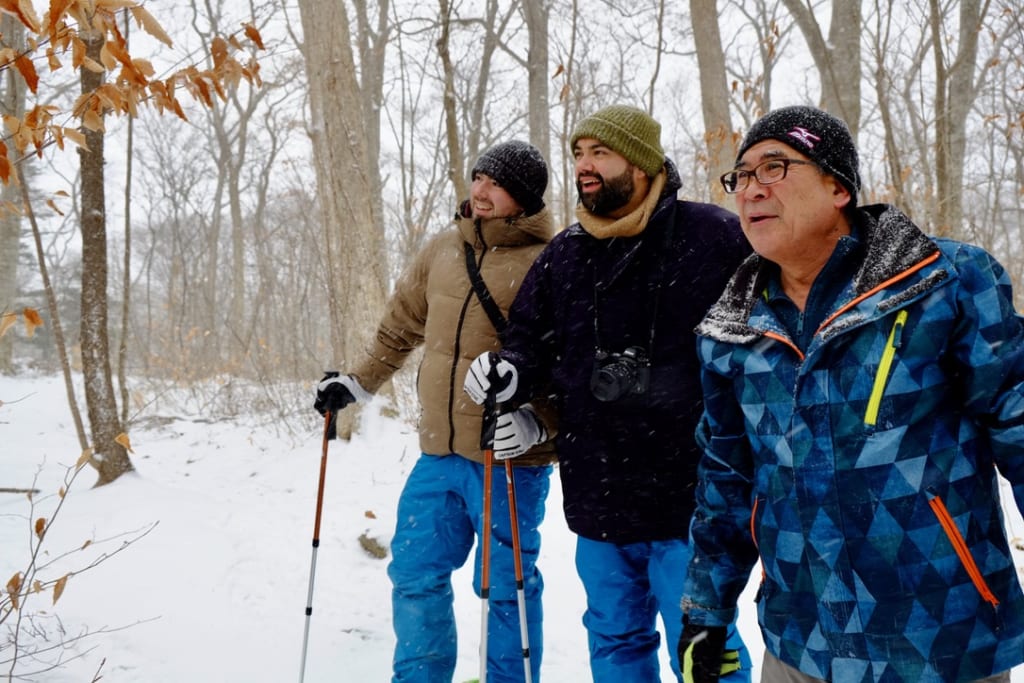
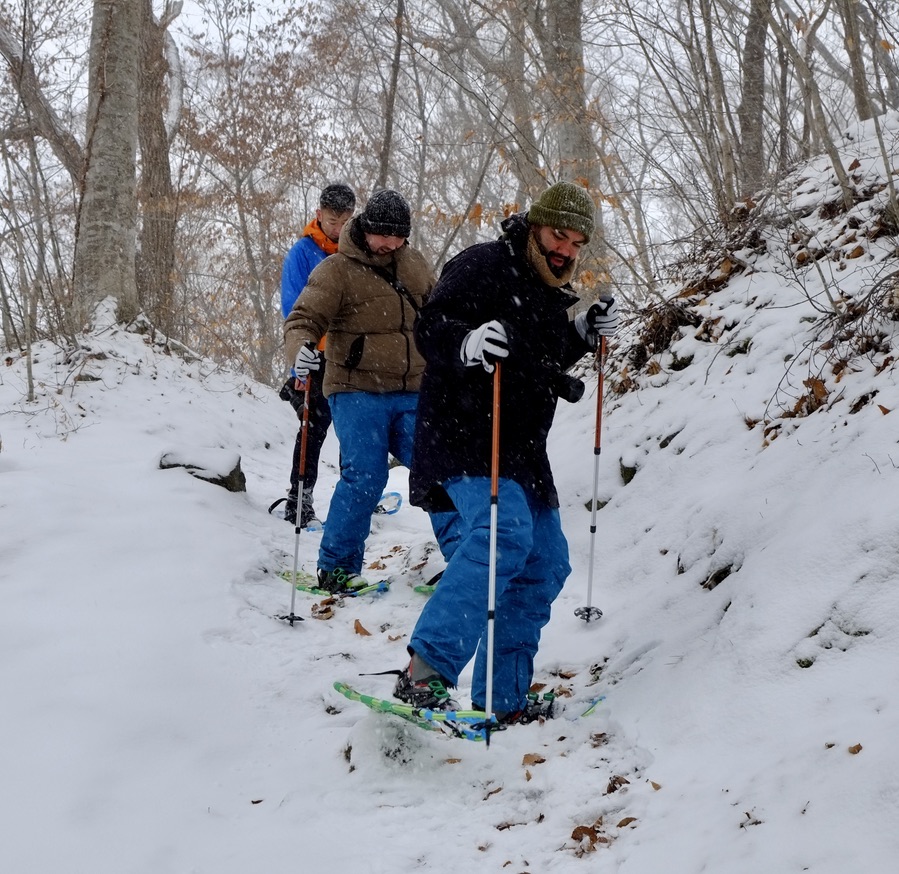
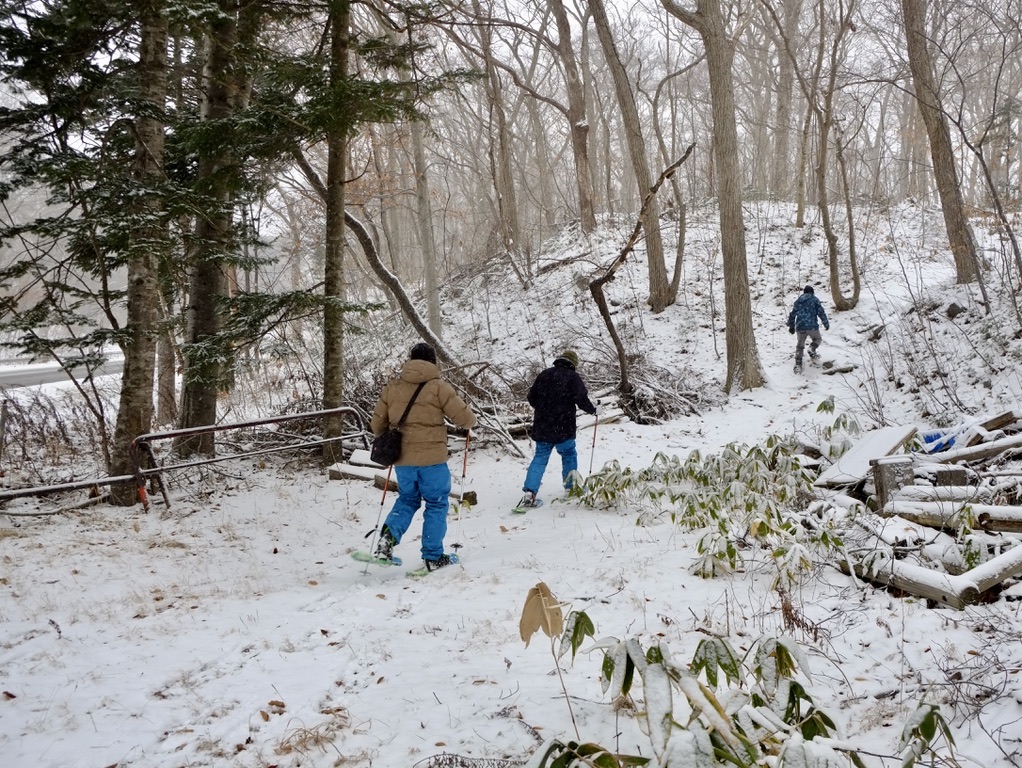
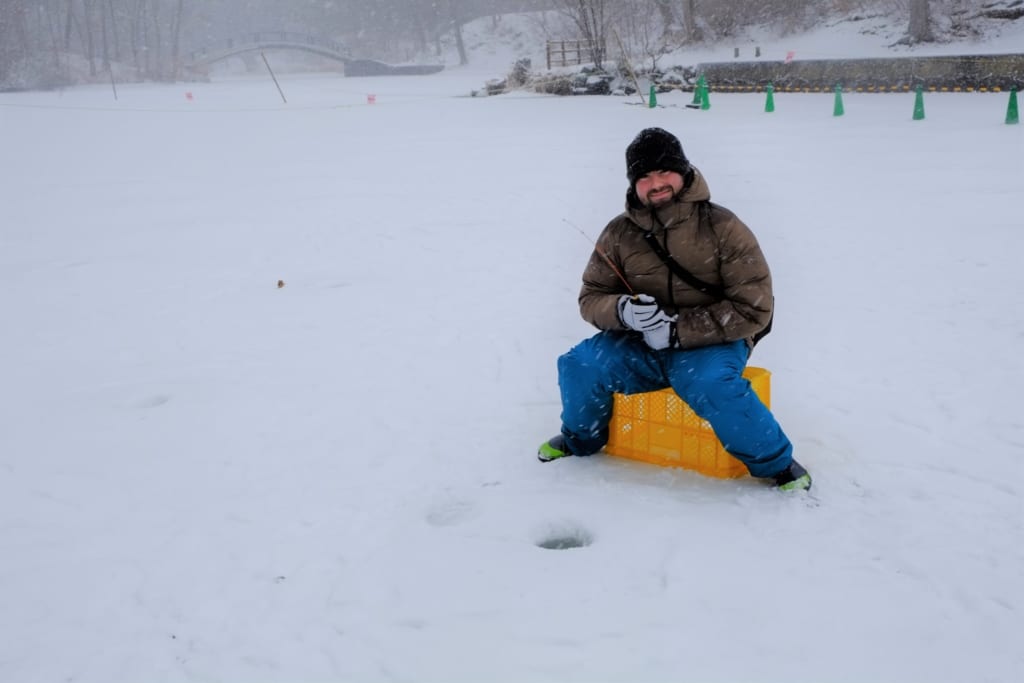
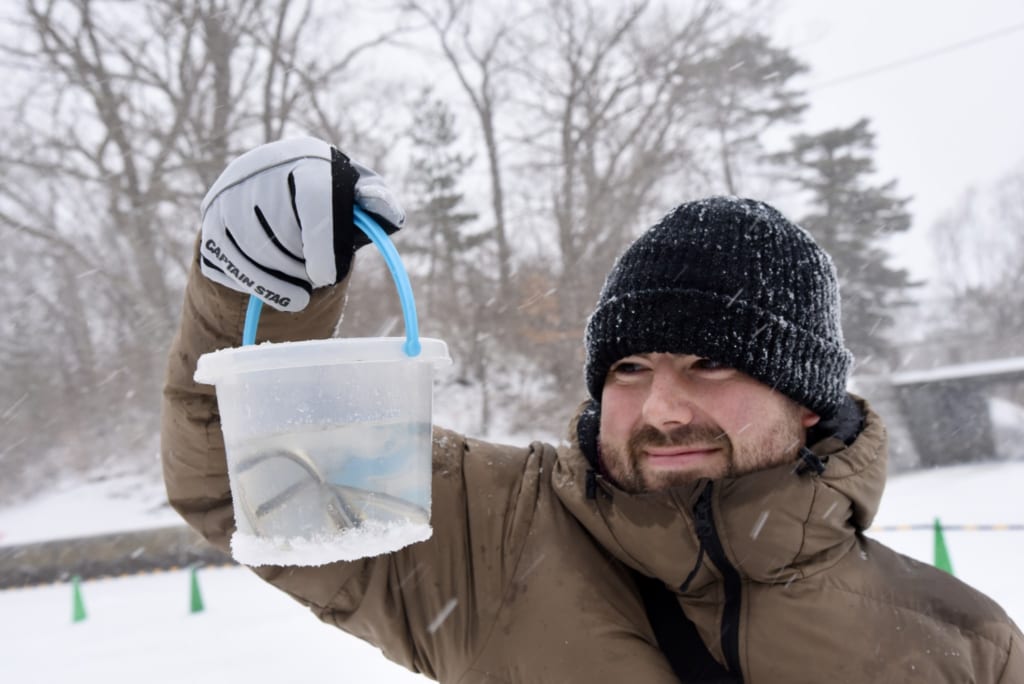
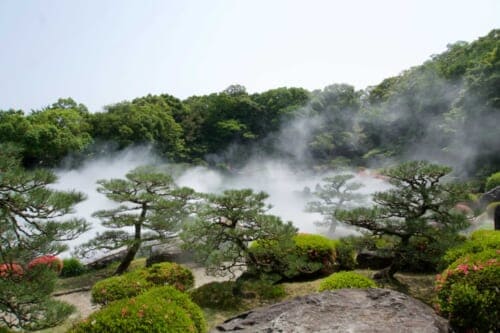
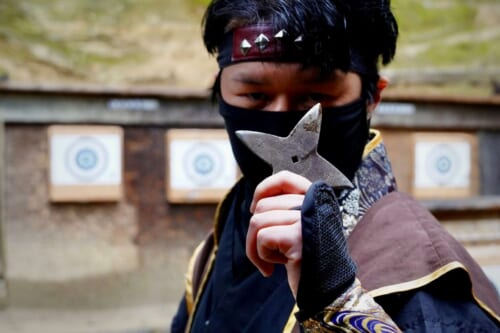
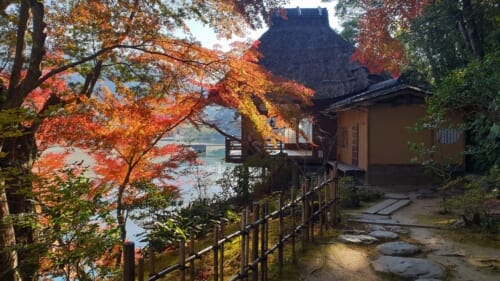
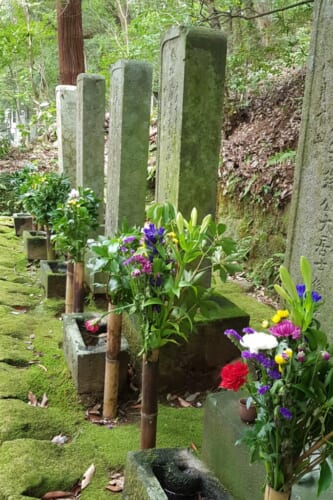
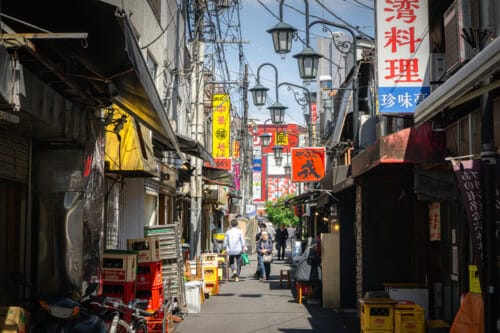
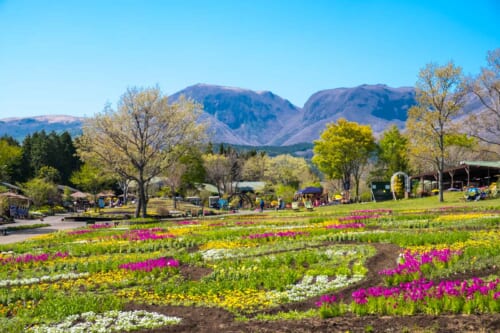
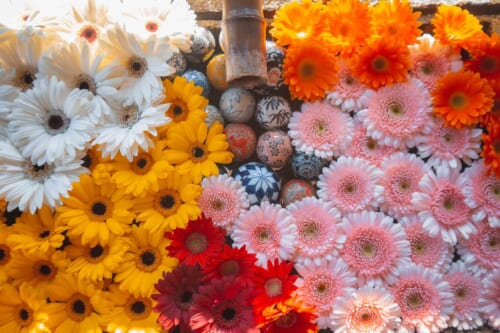
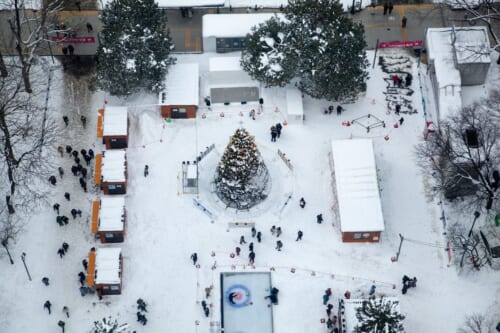
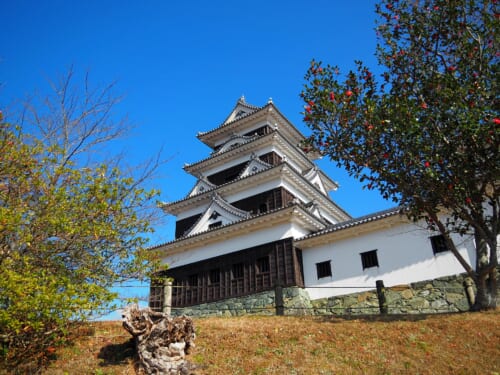



No Comments yet!